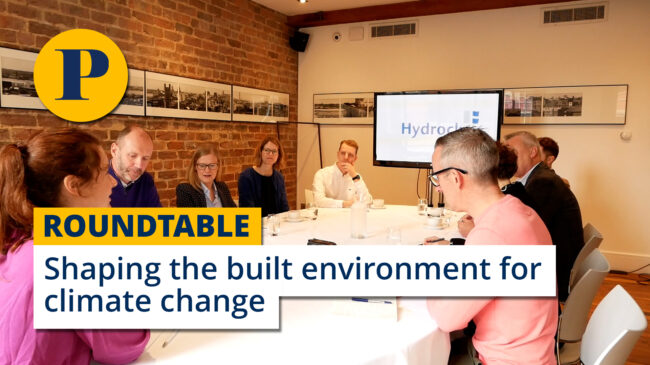North West cities told to lower their CO2 emissions
A report on the carbon footprint impact of cities across the country has ranked Liverpool and Manchester in the top five worst offenders.
The study, How Green is My City, which was commissioned by GVA Grimley and details the relationship between CO2 emission levels and total commercial property floor space, assessed each city's relative carbon emission levels, brownfield land development rates, quality of new property developments, waste production and intensity of space use. The cities were then rated out of 100, with 100 representing the worst and highest possible carbon footprint.
On that basis, Sheffield ranks top of the table as the worst offender, scoring a total of 82 out of 100, Edinburgh comes bottom with the lowest (61 out of 100) and Liverpool and Manchester sit in third (70 out of 100) and equal fourth (69 out of 100) place on the table respectively.
Despite their poor ranking overall, Liverpool and Manchester's property markets have low to average output figures per sq m of property, with 0.23 tonnes/sq m for Liverpool and 0.24 tonnes/sq m for Manchester.
As well as ranking the carbon footprint of buildings, the report also examines emissions per employee, with Sheffield having the highest emissions per employee at 9 tonnes, and Manchester and Liverpool at 5.8 and 4.6 tonnes per employee respectively.
It also looks at the total amount of waste produced per head, and finds that Liverpool, Cardiff and Edinburgh produce the least amount of waste per person at less than 435kg with Manchester just behind at 441kg. Newcastle, Sheffield, Birmingham and Leeds have the highest amount of waste produced per head, with over 460kg waste per person. The government target is to reduce waste per person to 225kg by 2020.
Simon Reynolds, partner at GVA Grimley said, "This report shows that in order to reach the Government's targets of reducing CO2 emissions by 2050 we have a long way to go. Despite the report's weighted ranking, profound changes are required both in terms of how people and businesses operate, as well as the development of the built environment."



